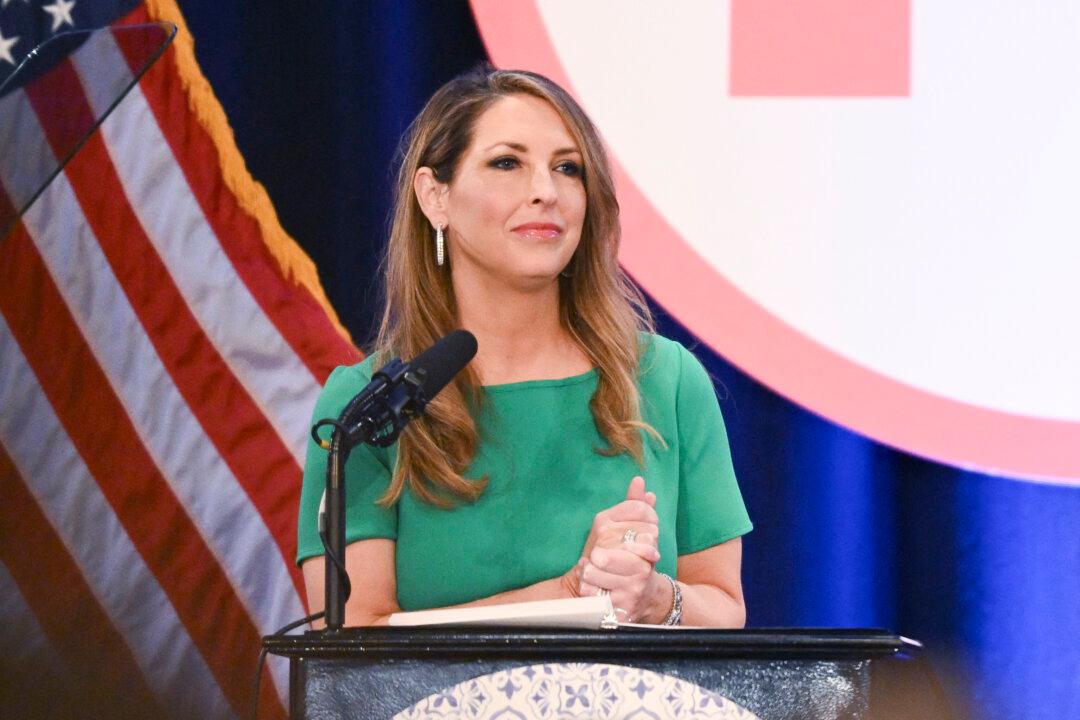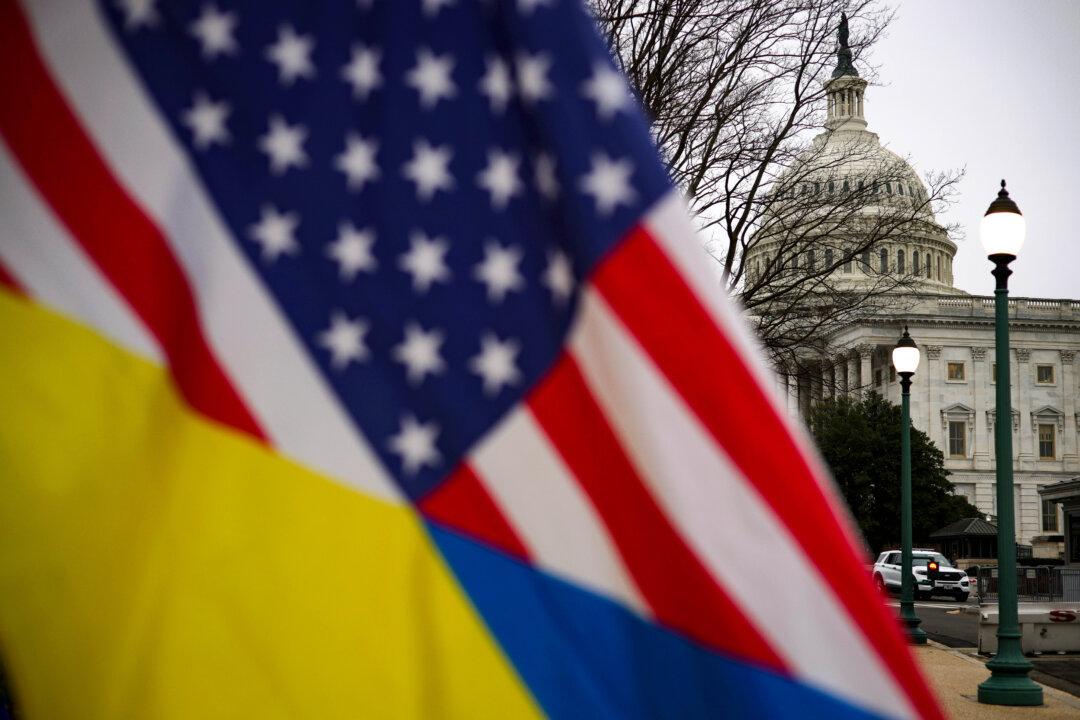Central banks including the Federal Reserve will fail to curb inflation unless governments start to be responsible for spending, according to a study presented to central bankers at a Jackson Hole conference in Jackson Hole, Wyoming.
The authors of the study, Francesco Bianchi of Johns Hopkins University and Leonardo Melosi of the Chicago Fed, warned that increasing interest rates would end up in stagnation without adequate constraints on government spending.





